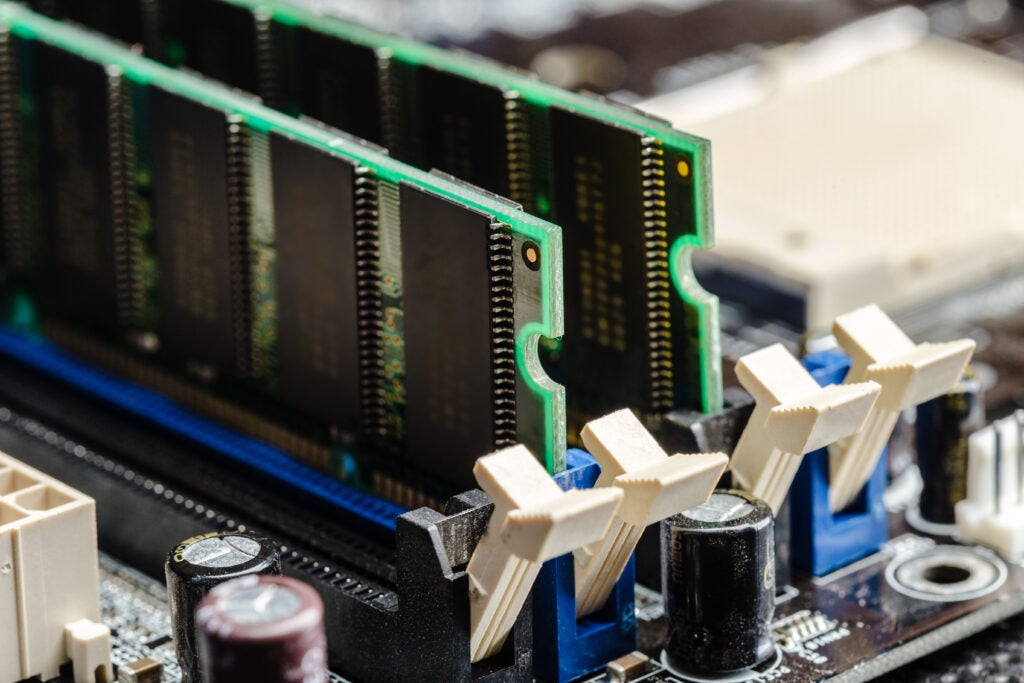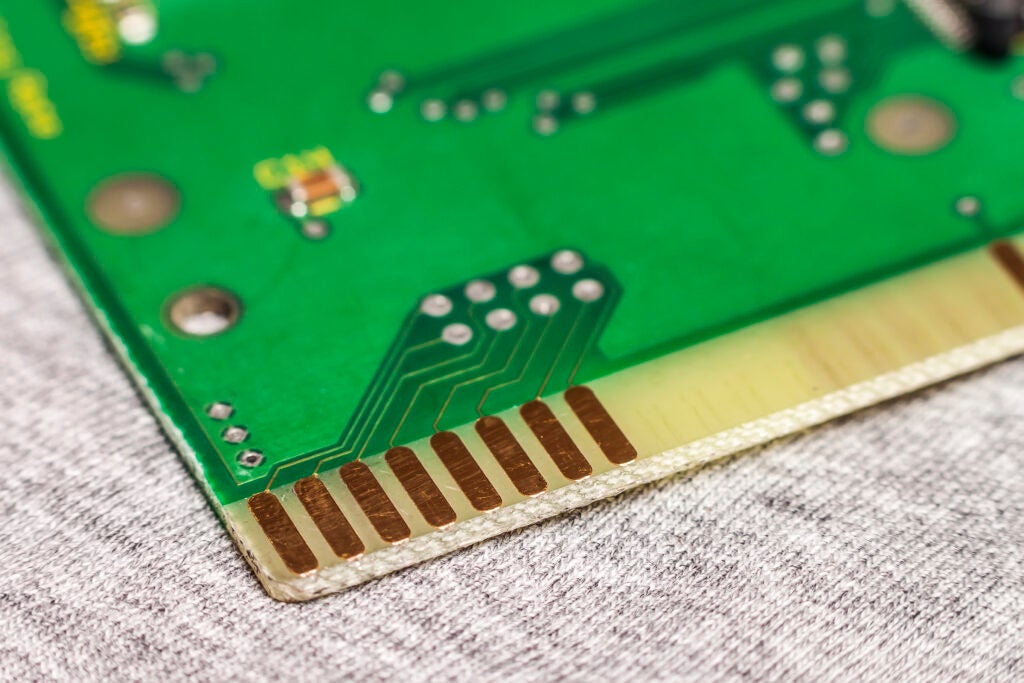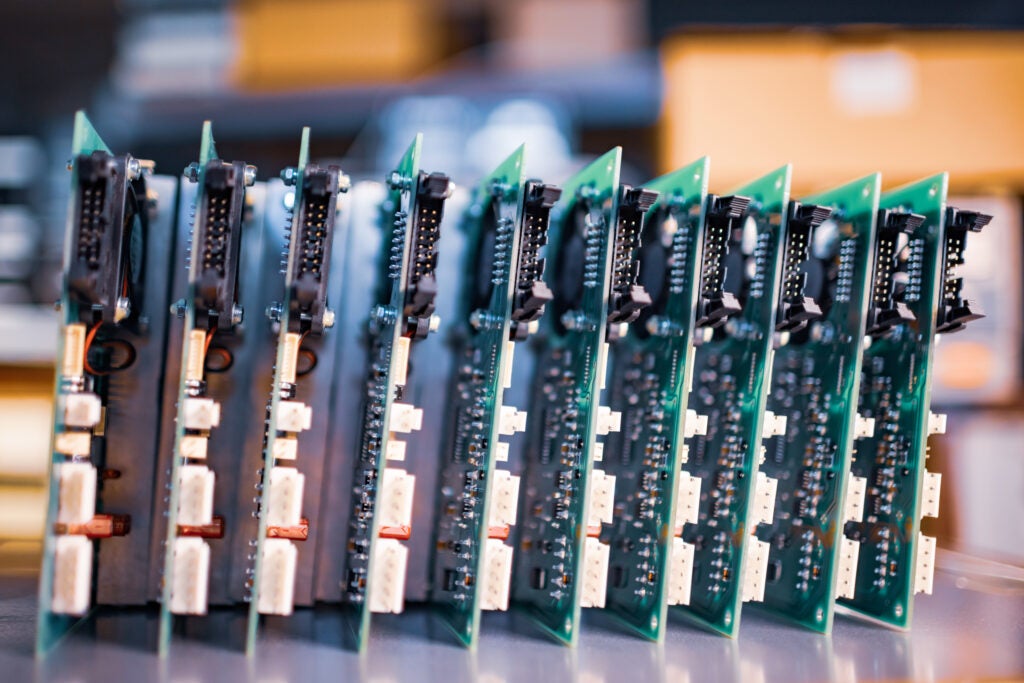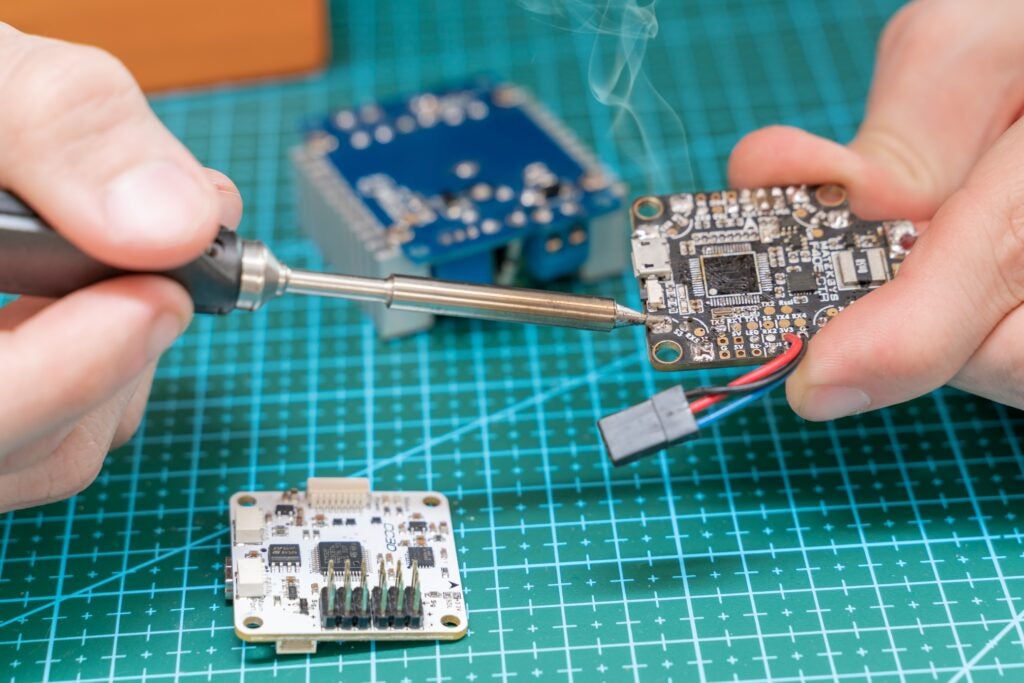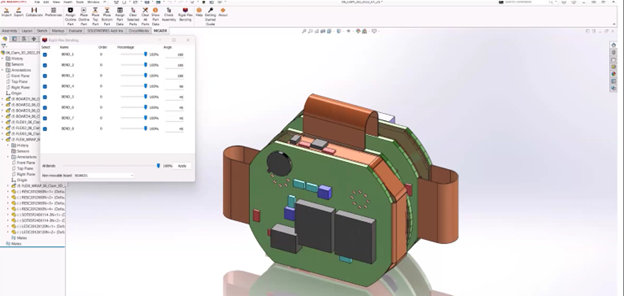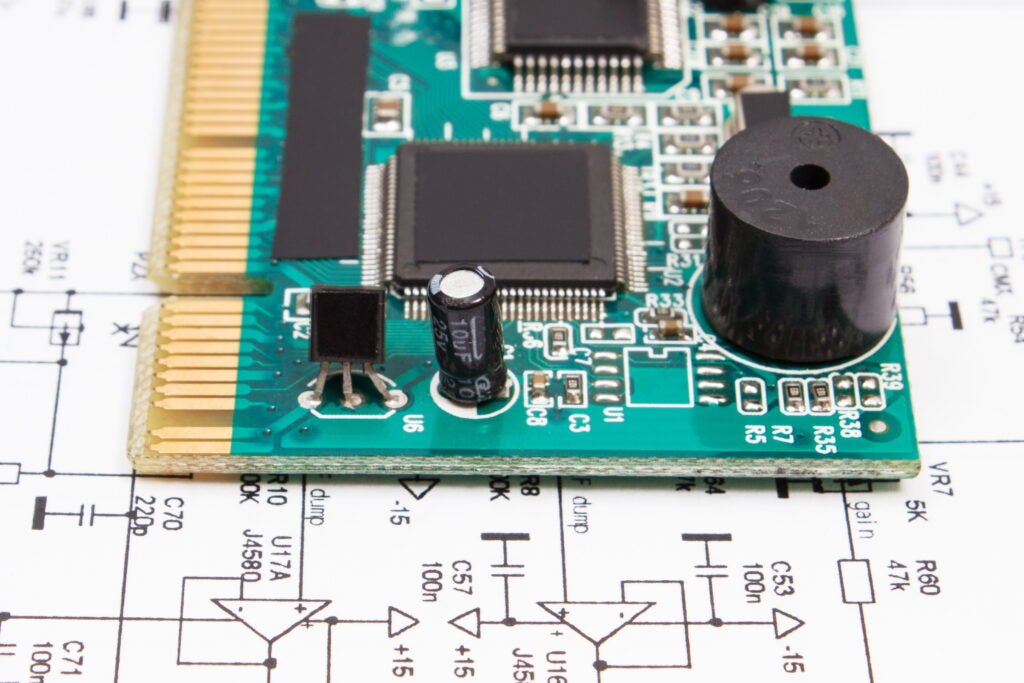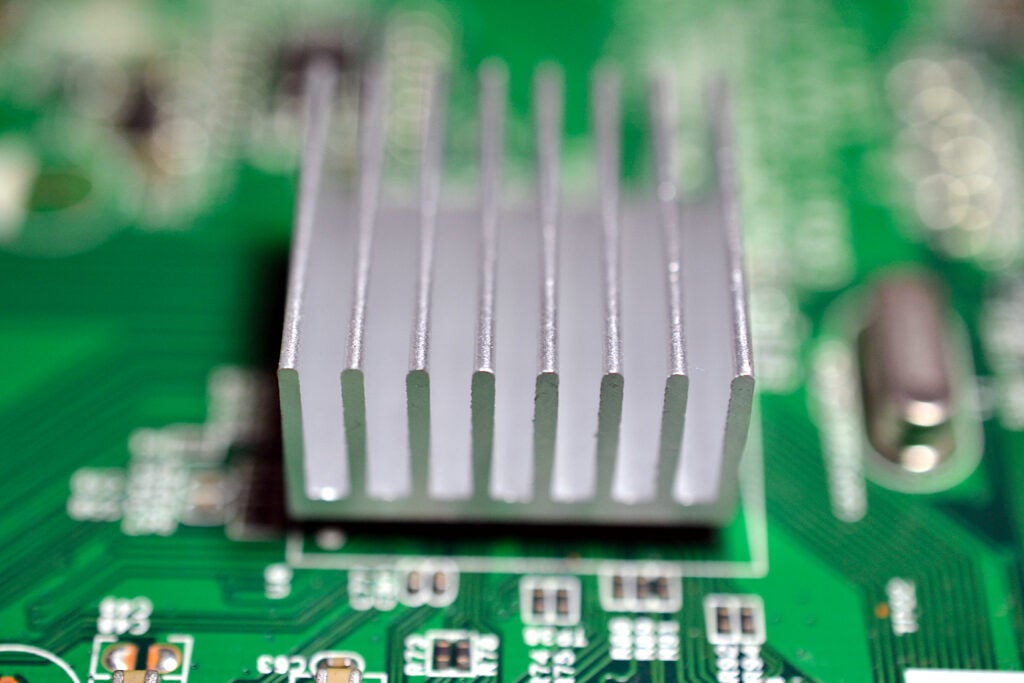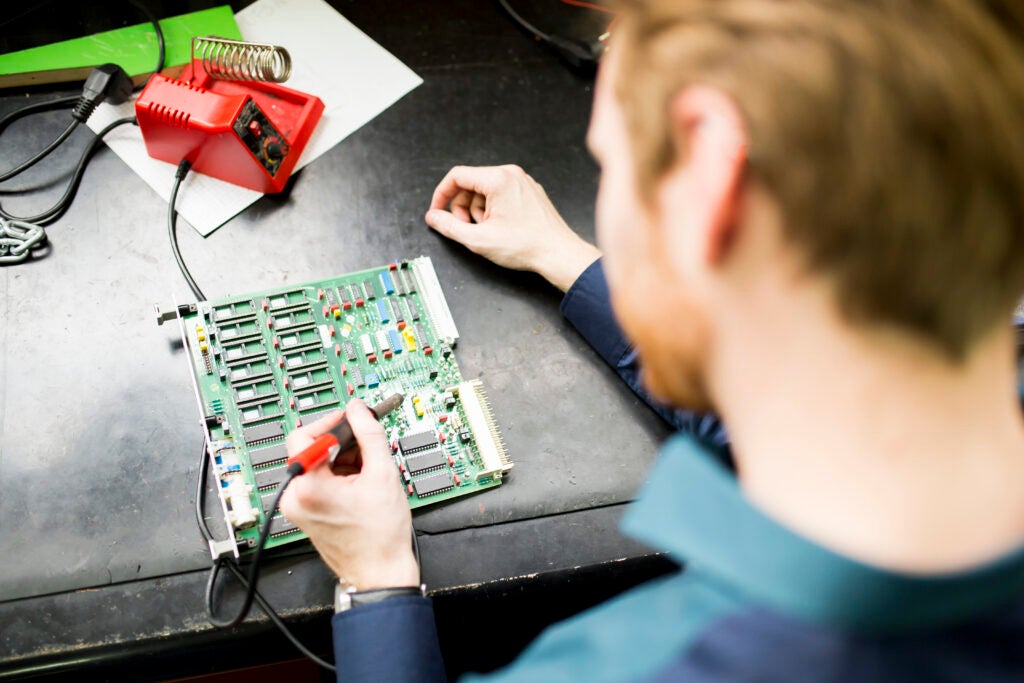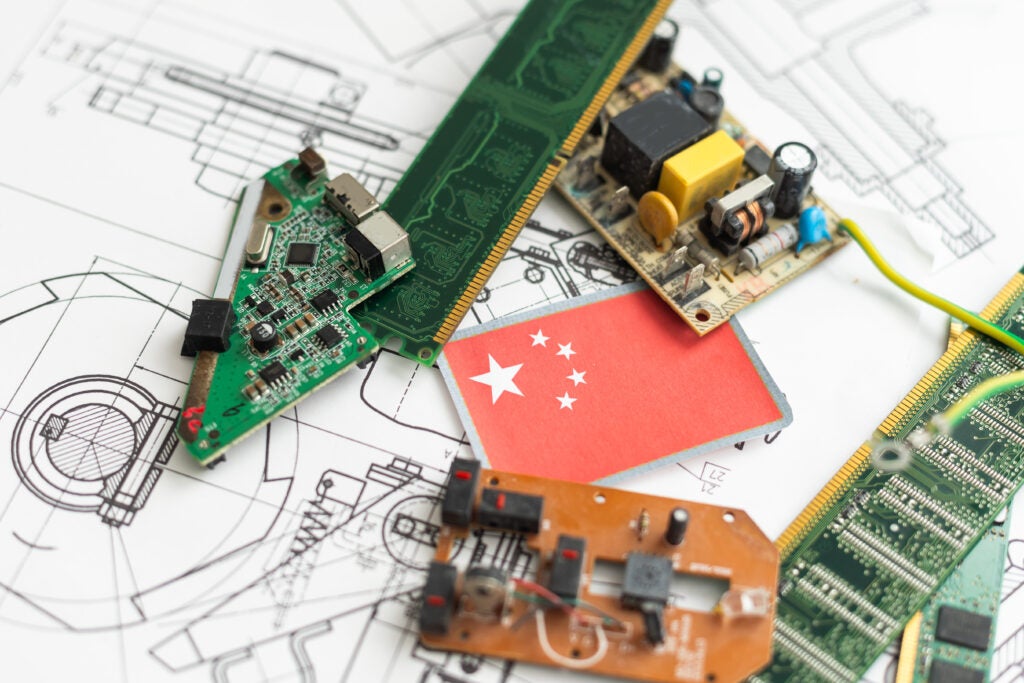
Serial and parallel communication protocols are essential methods for transmitting data in electronics. Serial protocols transmit data bit by bit over a single channel, while parallel protocols transmit multiple bits simultaneously over separate channels. Furthermore, software tools play a crucial role in ensuring efficient and error-free data exchange in both serial and parallel communication. These tools enable engineers to analyze and fine-tune parameters like transmission rates and timing, ensuring optimized communication system design by enhancing reliability, speed, and precision in various applications.
|
SERIAL AND PARALLEL COMMUNICATION PROTOCOLS |
||||
|
Type |
Protocol |
Description |
Speed |
Wires / Channels |
|
Serial |
UART (or USART) |
Universal Asynchronous Receiver/Transmitter. Used in microcontrollers. |
300 bps to 25 Mbps |
2 |
|
SPI |
Serial Peripheral Interface. Synchronous protocol for high-speed communication. |
Up to 50 Mbps |
4 |
|
|
I2C |
Inter-Integrated Circuit. Ideal for connecting multiple digital devices. |
100 Kbps to 3.4 Mbps |
2 |
|
|
Parallel |
PCI |
Peripheral Component Interconnect. Connects hardware components to motherboards. |
Up to 32 Gbps |
Multiple |
|
SCSI |
Small Computer System Interface. For storage communication in enterprise environments. |
Up to 3200 Mbps |
Combination of data and control lines |
|
|
IDE (or PATA) |
Integrated Drive Electronics. Legacy protocol for hard and optical drives. |
16.7 Mbps to 133 Mbps |
Multiple |
|
Understanding Serial Protocols: Advantages and Disadvantages
Serial protocols transmit one bit at a time. This sequential approach offers streamlined wiring and reduced hardware complexity, making it cost-effective for compact devices. Its sequential data transmission is advantageous for long-distance applications, ensuring reliable and efficient data exchange. However, serial communication typically operates slower, leading to potential latency in high-demand scenarios. Despite its efficiency, it might not be optimal for applications requiring rapid data transfer.
Examples of Serial Protocols
1. UART (Universal Asynchronous Receiver/Transmitter): UART is a widely used serial communication protocol that enables asynchronous data exchange between devices. It is commonly found in microcontrollers and facilitates communication between a microcontroller and other peripherals. UART typically operates at speeds ranging from 300 bps to 25 Mbps, depending on the specific implementation and requirements. It uses only two wires for communication. USART (universal synchronous-asynchronous receiver transmitter) is a variant of the UART protocol with internally generated data based on a built-in clock.
2. SPI (Serial Peripheral Interface): Faster than UART, SPI is a synchronous serial communication protocol that allows multiple devices to be connected to a single bus. It is often utilized in scenarios where high-speed communication between microcontrollers and peripheral devices like sensors and displays is essential. SPI typically uses four wires for communication and can achieve maximum bit rates of up to 50 Mbps, making it suitable for demanding applications.
3. I2C (Inter-Integrated Circuit): I2C is a multi-controller, multi-responder serial communication protocol, ideal for connecting multiple digital devices on the same bus. I2C is prevalent in applications such as sensor networks and is known for its simplicity and ease of use. I2C uses only two wires for communication and typically operates at speeds ranging from 100 Kbps (standard mode) to 3.4 Mbps (high-speed mode), providing flexibility for different applications.
Understanding Parallel Protocols: Advantages and Disadvantages
Parallel communication protocols are characterized by the simultaneous transmission of multiple bits over separate channels or wires. This parallelism results in significantly faster data rates, making it suitable for tasks demanding swift processing of large volumes of data. However, its complexity in terms of cabling and hardware requirements poses challenges. Additionally, parallel communication faces limitations in long-distance transmission due to signal integrity issues.
Examples of Parallel Protocols
1. PCI (Peripheral Component Interconnect): PCI is a widely adopted parallel communication protocol that connects various hardware components, such as graphics cards, network cards, and hard drives, to a computer's motherboard. It provides high bandwidth for data transfer and low latency, which is crucial for gaming and multimedia processing tasks. PCI can achieve maximum bit rates of up to 32 Gbps in its latest versions and typically uses multiple parallel data lines for communication. Be sure not to confuse it with PCIe (express), which falls under our serial category.
2. SCSI (Small Computer System Interface): SCSI is a versatile parallel protocol used in enterprise environments and storage devices. Unlike PCI, SCSI is primarily designed for storage communication and excels in handling multiple devices and complex storage operations. SCSI offers maximum bit rates of up to 3200 Mbps, making it suitable for high-speed data exchange in storage arrays, server clusters, and data centers. SCSI typically uses a combination of parallel data lines and control lines for communication.
3. IDE (Integrated Drive Electronics): IDE, also known as Parallel ATA (PATA), is a legacy parallel protocol mainly used to connect hard and optical drives to computers. Utilizing multiple parallel data lines for communication, IDE typically operates at data transfer rates ranging from 16.7 Mbps to 133 Mbps. IDE technology, while less common today, has played a significant role in the history of personal computing.
Software Tools in Relation to Serial and Parallel Communication Protocols
Analyzing the transmission (TX) and reception (RX) parameters is paramount in the design of communication systems. These parameters encompass various aspects, including transmission rates, timing, and error detection. Understanding and fine-tuning these parameters is crucial to achieving optimal performance and ensuring that data is transmitted accurately and reliably for both serial and parallel communication protocols.
Without a thorough analysis of TX/RX parameters, communication systems may suffer from data corruption, signal degradation, and inefficient bandwidth utilization. As electronic devices become more complex and data-intensive, precise parameter analysis becomes increasingly critical.
Software Tools for Protocol Analysis
An advanced software simulation tool dedicated to protocol analysis empowers engineers to delve deep into the intricacies of communication protocols. Some of the key capabilities of these software tools include:
-
Monitoring Transmission Rates: Software tools can monitor and control the data transmission rate, ensuring that it aligns with the system's requirements and constraints. The transmission rate can be set and adjusted, considering factors such as the communication protocol's maximum supported rate, available bandwidth, and the need for real-time data synchronization. Graphs and reports illustrating the actual transmission rate over time help engineers make necessary adjustments to maintain optimal communication performance.
-
Timing Analysis: Precise timing is critical for many communication systems, especially in scenarios where multiple devices must synchronize their data exchanges. The timing of data bit transitions, clock signals, and synchronization intervals are all analyzed and adjusted. Timing analysis tools can help engineers identify potential issues such as data collisions, signal interference, or synchronization drift.
-
Error Detection and Correction: Advanced software tools designed for protocol analysis are equipped with error detection and correction mechanisms to enhance communication reliability. These tools can monitor data transmission for errors, such as missing or corrupted bits, and provide valuable insights into the integrity of the communication process. Depending on the complexity of the tool, they may offer mechanisms to automatically correct errors or provide detailed error reports for manual intervention.
Software development tools find application in many scenarios, from designing high-speed data links in data centers to ensuring the robustness of wireless communication in IoT devices. For example, they have been instrumental in ensuring that interfaces from various protocols adhere to compliance standards as communication system capabilities continue to advance and evolve.
To learn more about using software tools for serial and parallel communication protocol compliance testing, see the following eBooks:
- DDR4 Compliant PCBA Design
- Achieving DDR Compliance
- Achieving MIPI Compliance
- Achieving USB Compliance
- Engineer’s Guide to PCIe: How to Achieve PCIe Compliance Upfront
EMA Design Automation is a leading provider of the resources that engineers rely on to accelerate innovation. We provide solutions that include PCB design and analysis packages, custom integration software, and engineering expertise, which enable you to create more efficiently. For more information on serial and parallel communication protocols and how we can help you or your team innovate faster, contact us.
